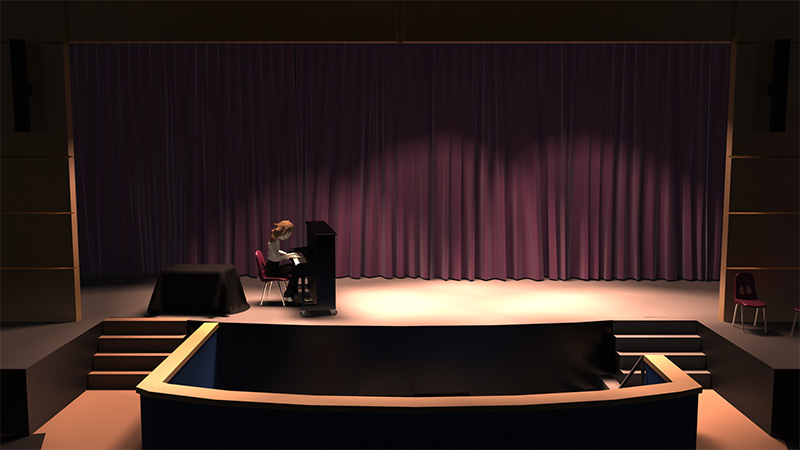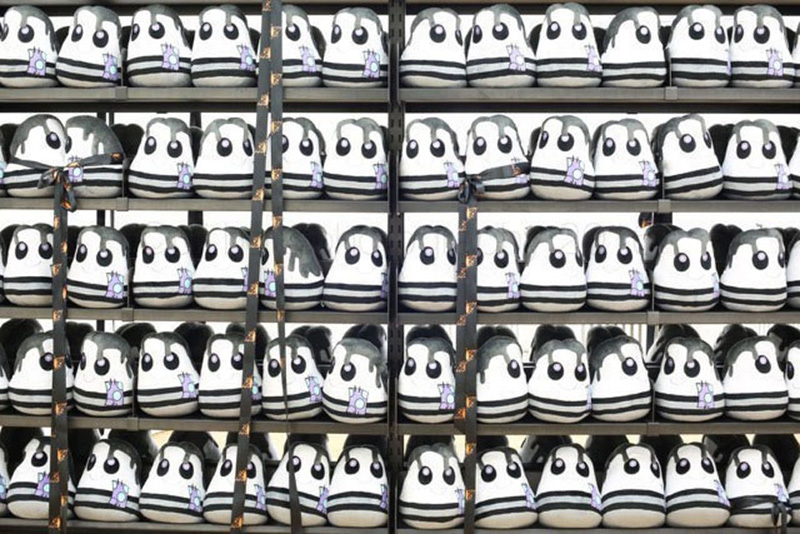ART CITIES:N.York-Bunny Rogers
 Bunny Rogers became known online for her provocative and honest portrayals of self, developing an art practice that has since expanded into the Gallery space through a deft and carefully labored devotion to hand-rendered sculptural objects. In a highly aestheticized and mannered way, Rogers takes on the subject of childhood trauma, a complex arena that she shares with artists such as Mike Kelley, Paul McCarthy, Robert Gober, and Karen Kiliminik to name some of the very few who have also tackled those difficult topics.
Bunny Rogers became known online for her provocative and honest portrayals of self, developing an art practice that has since expanded into the Gallery space through a deft and carefully labored devotion to hand-rendered sculptural objects. In a highly aestheticized and mannered way, Rogers takes on the subject of childhood trauma, a complex arena that she shares with artists such as Mike Kelley, Paul McCarthy, Robert Gober, and Karen Kiliminik to name some of the very few who have also tackled those difficult topics.
By Dimitris Lempesis
Photo Whitney Museum Archive
For her first Museum solo exhibition in the United States, Bunny Rogers created a new body of work. Bunny Rogers draws from a personal cosmology to explore universal experiences of loss, alienation, and a search for belonging. Her layered installations, videos, and sculptures begin with wide-ranging yet highly specific references, from young-adult fiction and early 2000s cartoons, to autobiographical events and violent media spectacles, such as the 1999 Columbine High School shooting. Bunny Rogers creates environments where the openings in the backs of plastic chairs look like weepy eyes, and a wine-damp mop becomes a prostrate mourner. She doesn’t anthropomorphize objects so much as remind us that feeling is often experienced more intensely when it appears to be reflected in something outside the body. The mop and the chairs figure as details in her solo exhibition “Columbine Cafeteria” (6/5-25/6/16) at Greenspon Gallery in New York continues Rogers’s exploration of mediation and trauma. The title refers to the site of the first sensational high-school shooting. Rogers intersperses the furniture and other details of institutional dining, such as the metal rails that trays slide over, with elaborate flights of fancy: stained-glass windows, embossed velvet curtains, and an animated video of a girl alone in a snow-filled cafeteria, pounding out pop songs on a piano. It is the second body of work that Rogers has dedicated to that watershed event the first was presented in “Columbine Library”, her 2014 exhibition at Société, Berlin. Rogers has painstakingly researched not only the event but also the unsettling phenomena that arose in its wake, specifically on-line communities dedicated to the shooters Dylan and Eric. The artist likewise melds fantasy and fiction with forensic data, suggesting that our experiences reside in the flux between the two.
Info: Whitney Museum of American Art, 99 Gansevoort Street, New York, Duration: 7/8-9/10/17, Days & Hours: Mon, Tue (from 4/7-29/8/17), Wed-Thu & Sun 10:30-18:00, Fri-Sat 10:30-22:00, http://whitney.org

